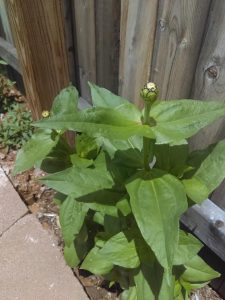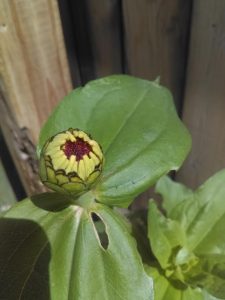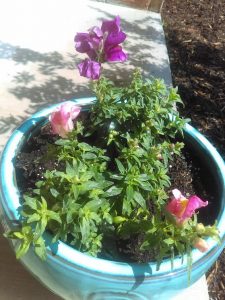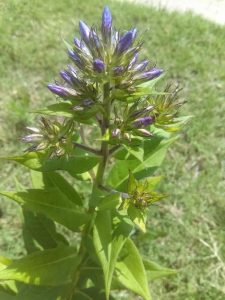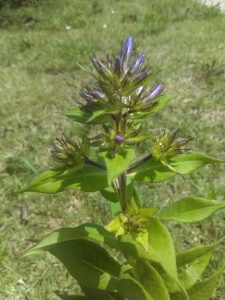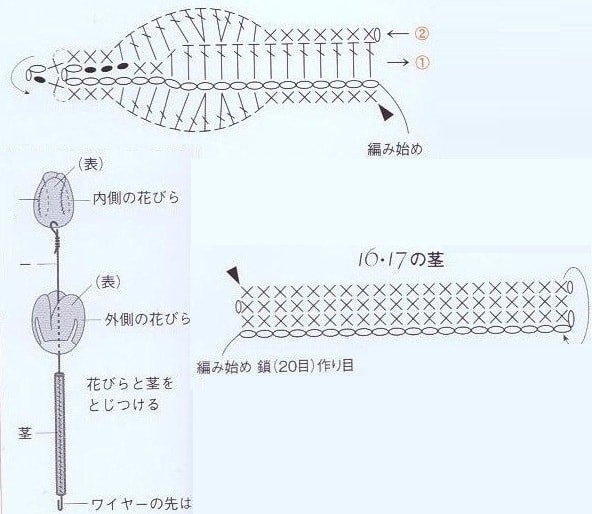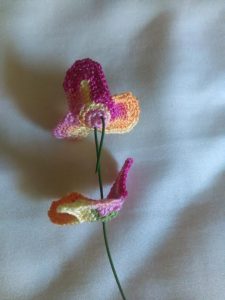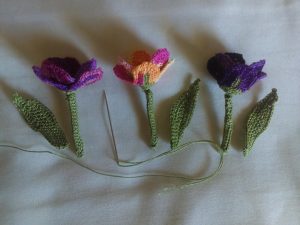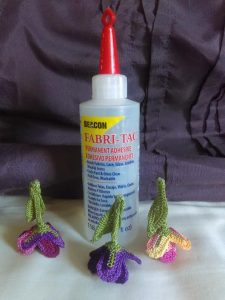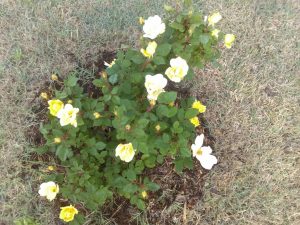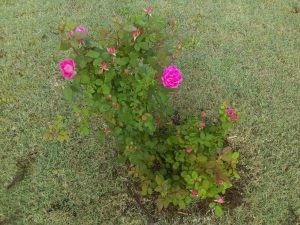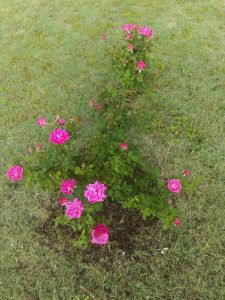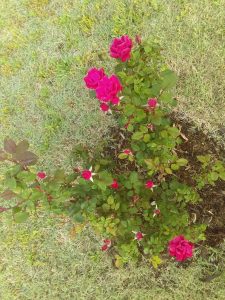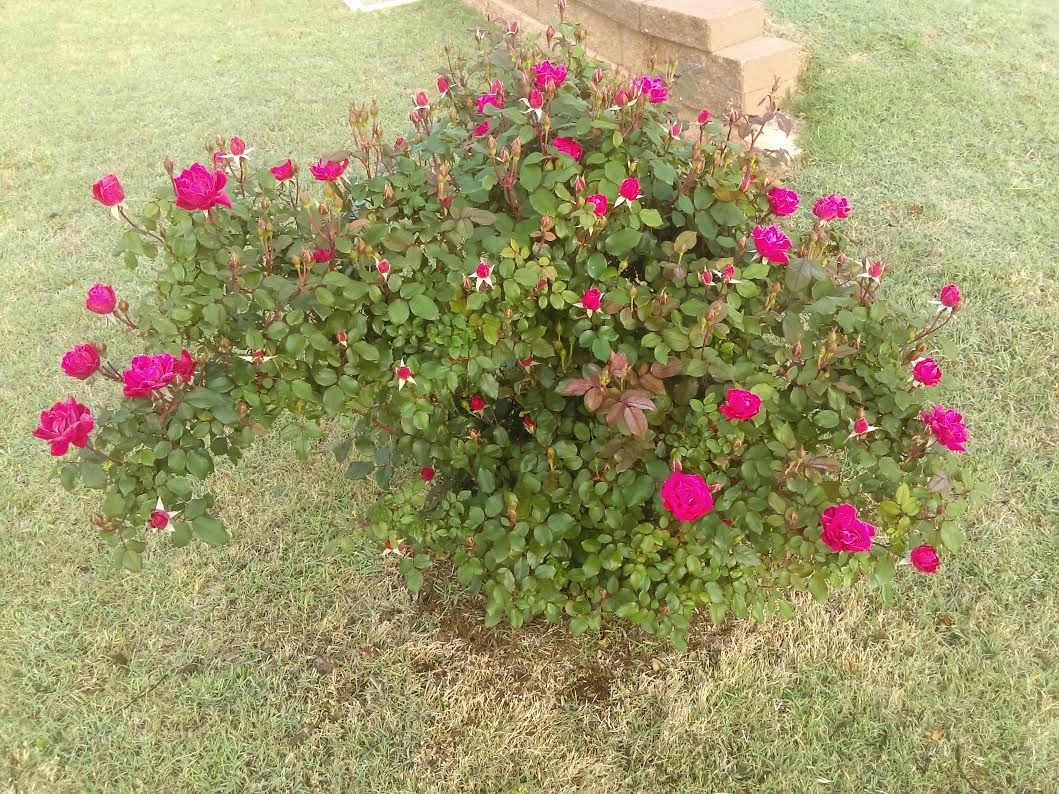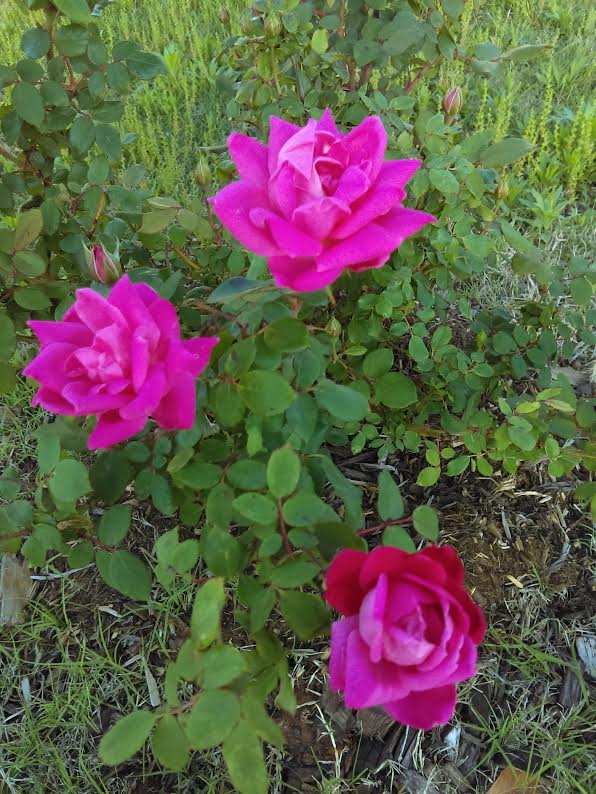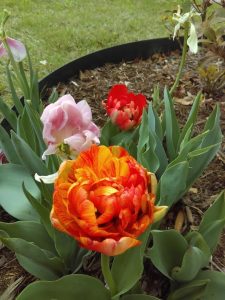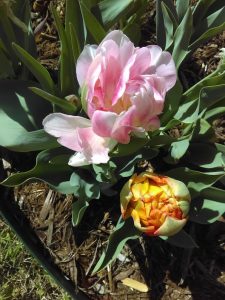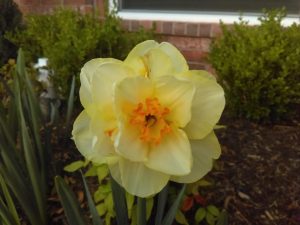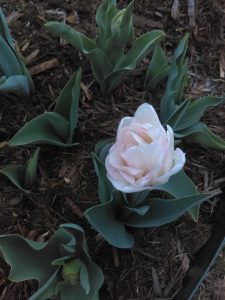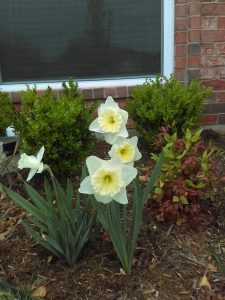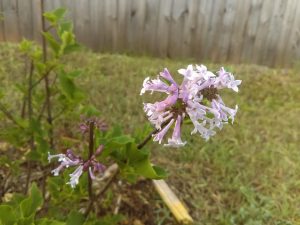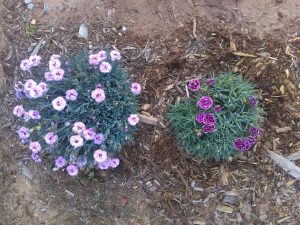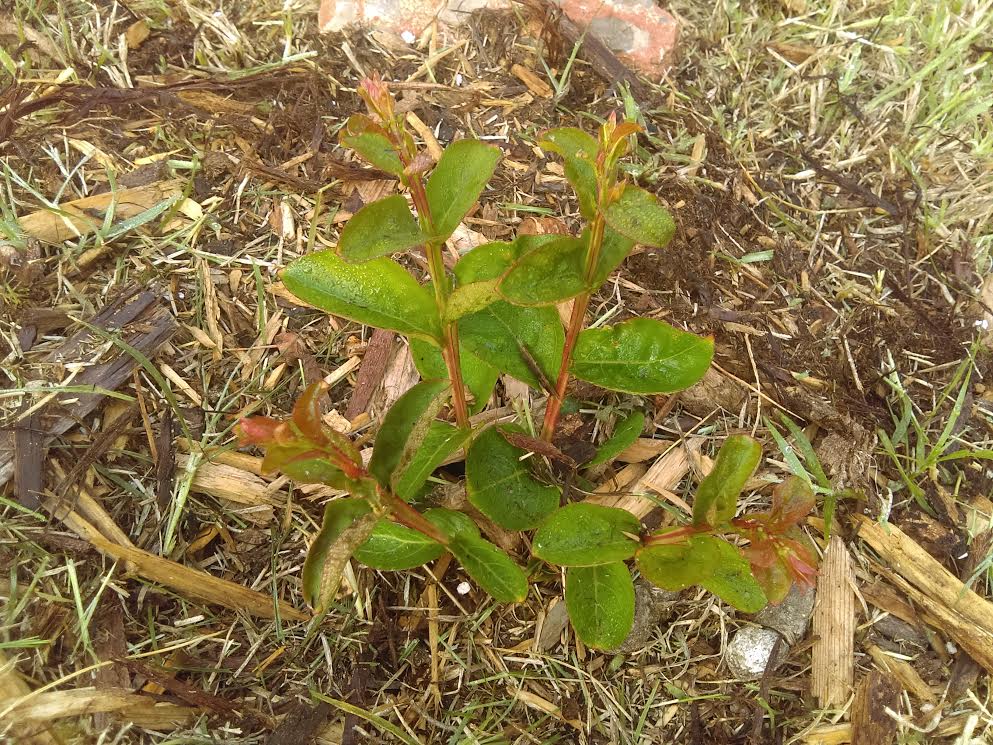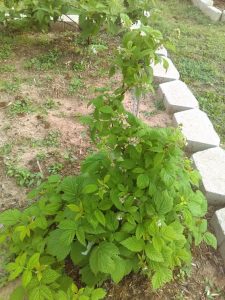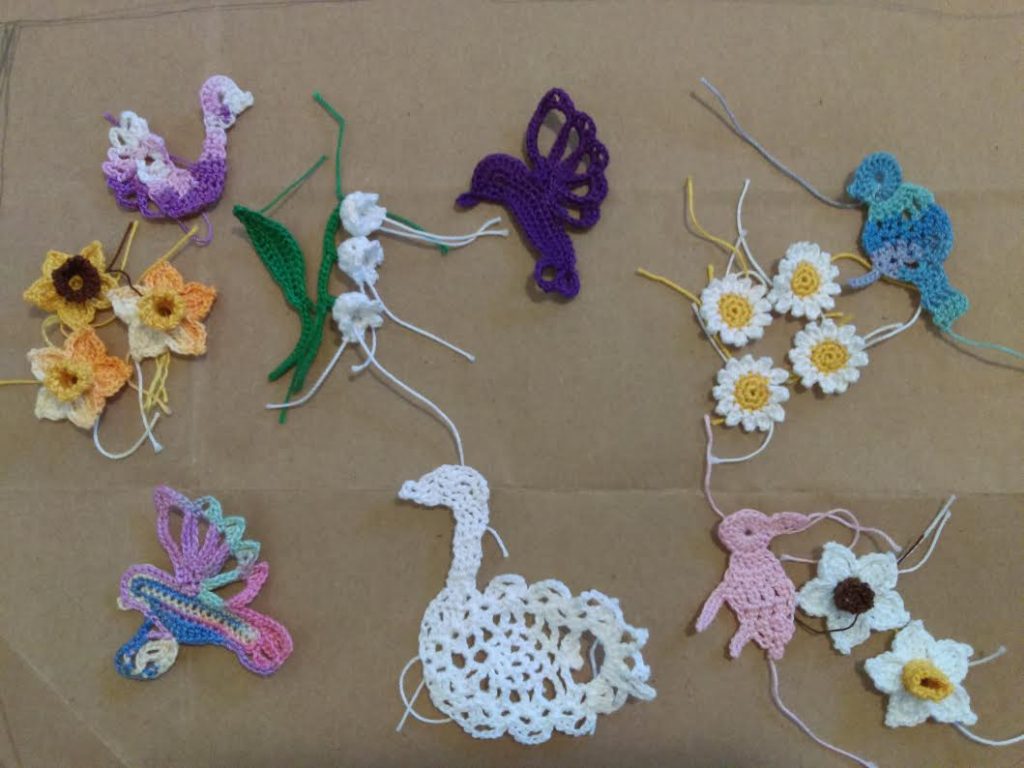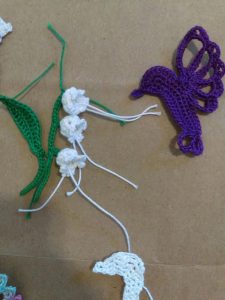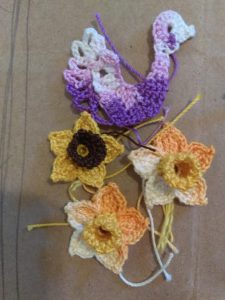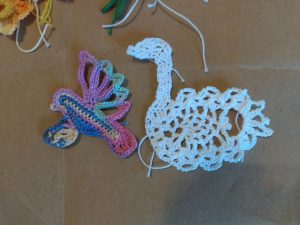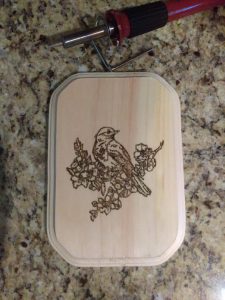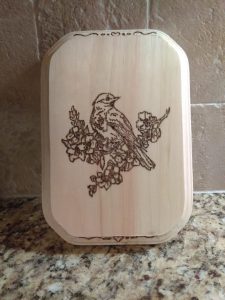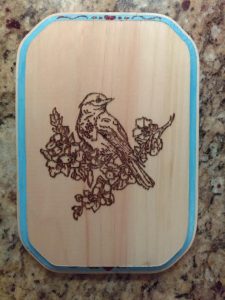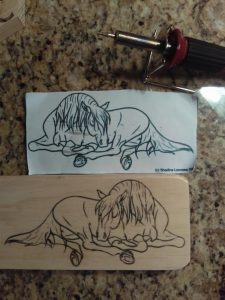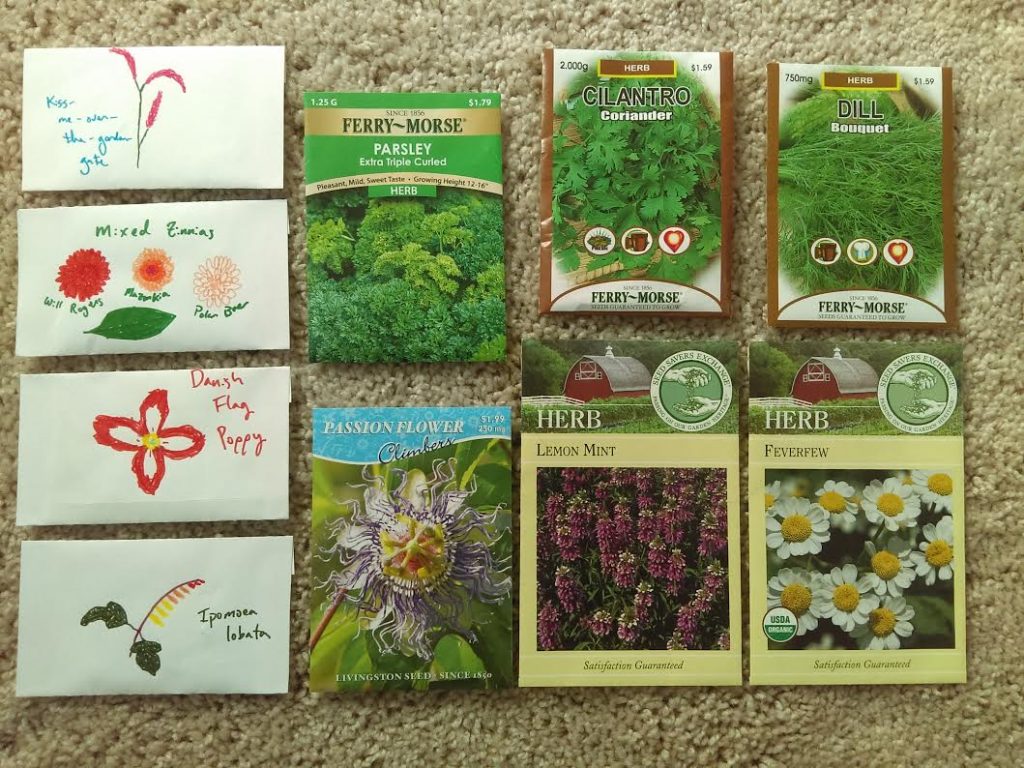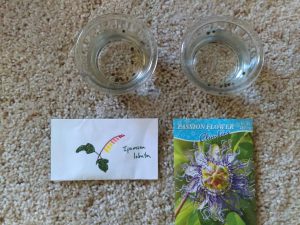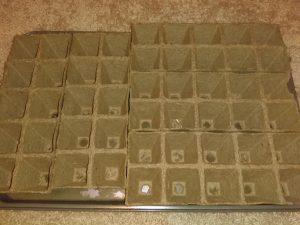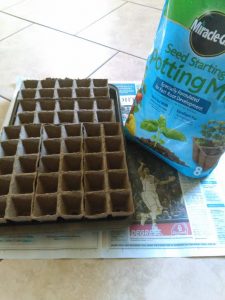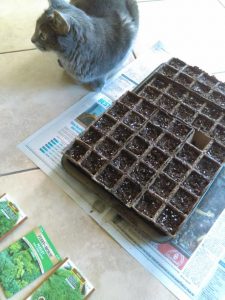Flowers brighten any spot, whether they’re planted or arranged in a vase. Not only do they provide beauty, but they also provide nourishment. I have witnessed several insects and hummingbirds enjoying nectar. Flowers also add property value! Perennials planted around a house can make a difference in appearance for the better. So, flowers aren’t just some kind of frivolous hobby. Mine continue to bloom prettily.
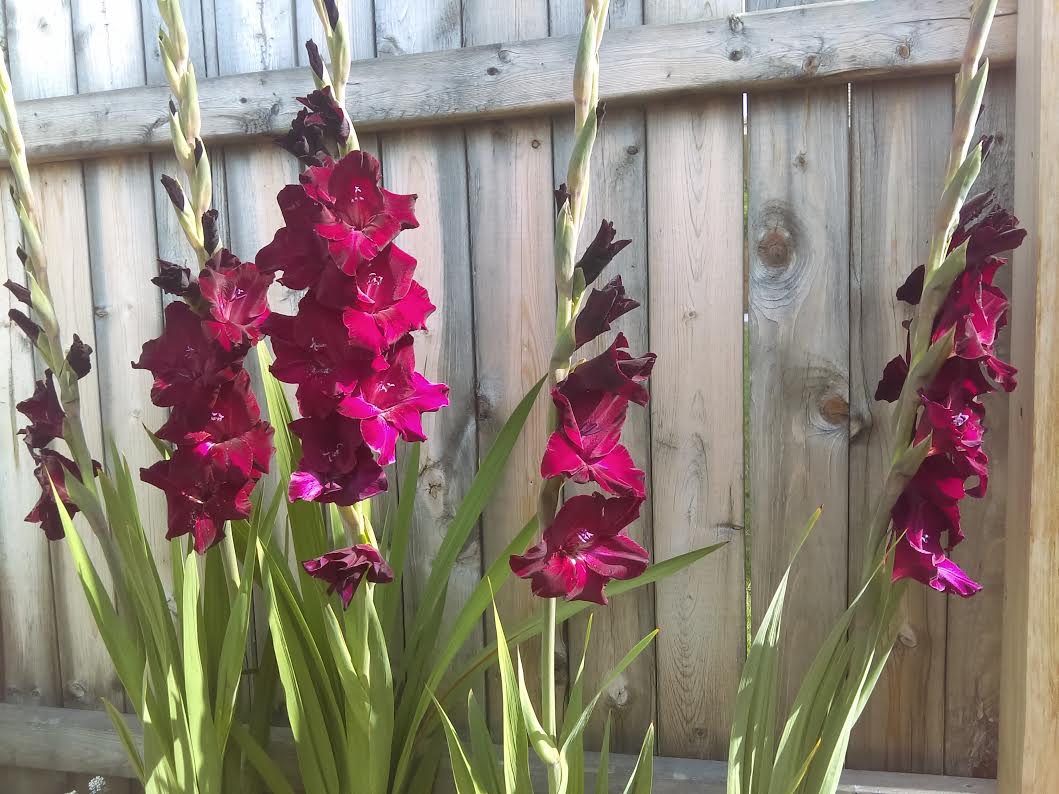
My plum-colored gladiolus did very well this year. Some of them put up two spikes of blooms! It’s a little strange since I only fertilized them twice, but I think they are liking the soil and their positioning.
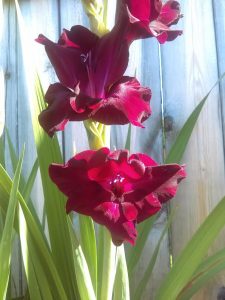

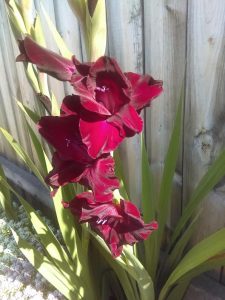
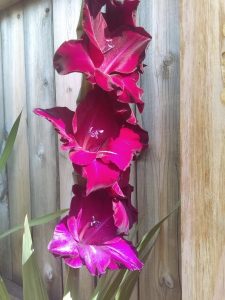
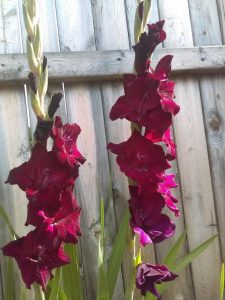

Perhaps I got a bit carried away picture-taking, but I do love capturing blooms. Something about the colors and the shapes just make me happy. So, I hope that feeling transfers to viewers. Also, the plum gladiolus is one of my favorite varieties, so I couldn’t resist. Here are a few more colors to enjoy.
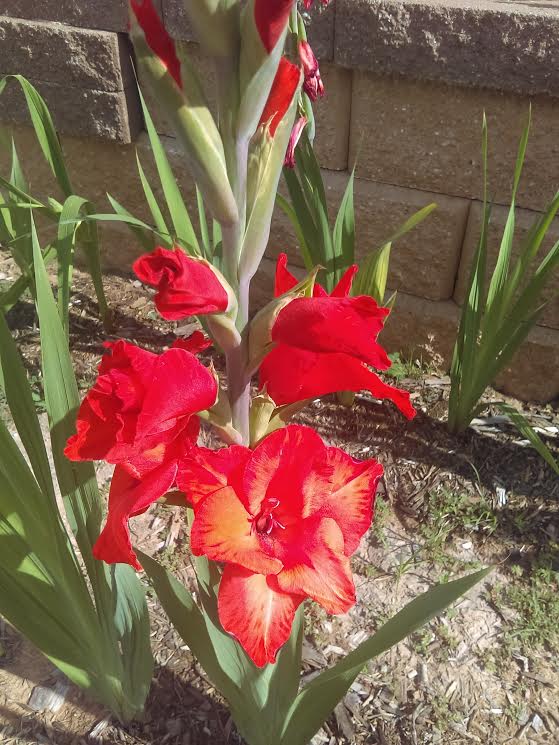
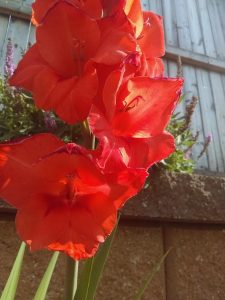


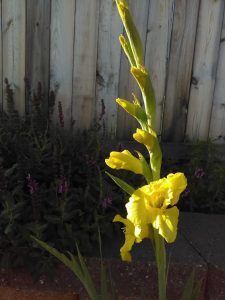


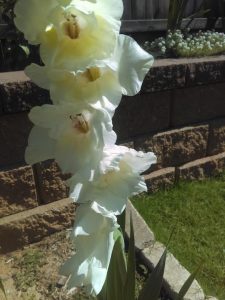
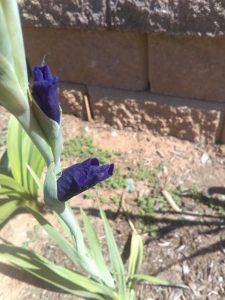
Gladiolus are definitely show-stoppers when it comes to beauty. Sadly, they only bloom once in the year. However, planting them every few weeks in the beginning of summer should give blooms all season long. I can’t wait to see the true color of the mystery glad. It looks like it’s going to be purple!
There are other beauties still blooming and some about to bloom. One that is pretty neat is pineapple lily. Last year, I purchased the bulbs because they looked exotic. They didn’t bloom at all. Finally, one of them is sending a bloom shoot up into the air. A garden lily also bloomed nicely for me, sprouting two buds instead of one.
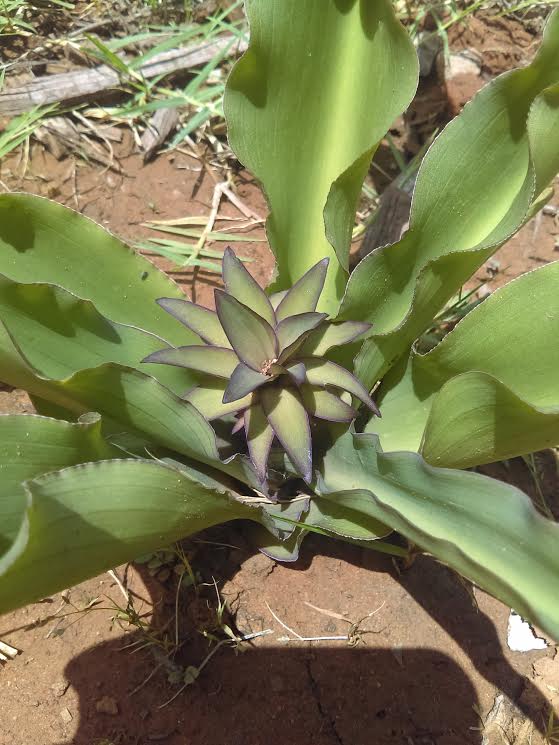
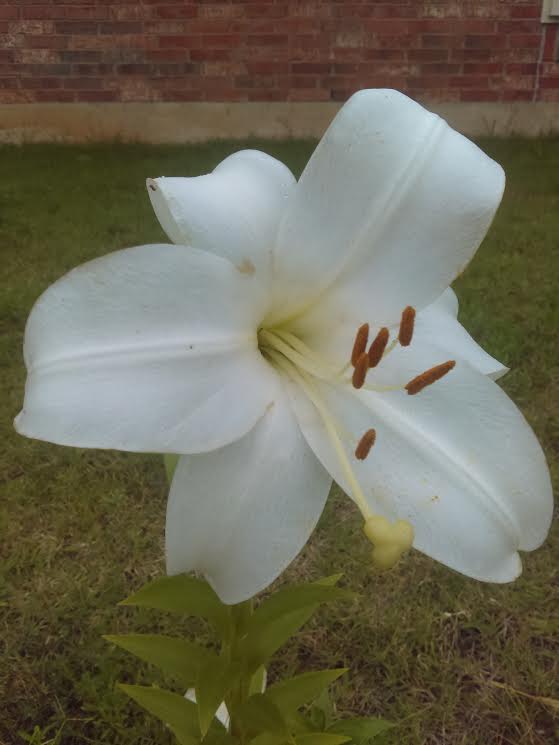
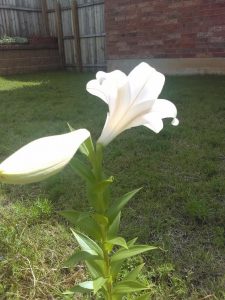
Another bright spot contains bee balm. It’s still going strong after blooming for two weeks! Many bees and hummingbirds have frequented the trumpet-like flowers for nectar. It’s always fun to see hummers perched above the bee balm on the fence. Sadly, it’s difficult to catch them with my camera. Maybe some time it will work.
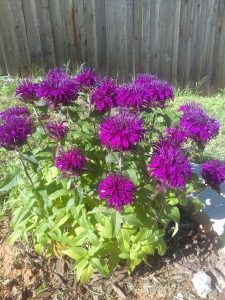
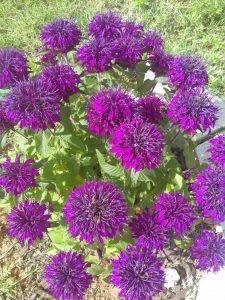

Here are some more pictures just for pure enjoyment. The alyssum will keep blooming throughout the summer until the first frost. All five of my zinnias are alive, but four are extremely healthy. As you can see, they are bursting with buds. Snapdragons brighten my front porch with their adorable flowers. The last two pictures are of Garden Phlox. While there are many phlox varieties to choose from, Garden Phlox is my favorite because of its scent and its tendency to naturalize.

